Regeneration: What We’re Learning From Our Woodlands
3 min
23rd May 2025
As part of our rewilding journey here at Dunsany Estate, we’ve welcomed researchers, ecologists, and conservationists to study how nature reclaims land when given the chance. One such study, carried out by Rudraksh Gupta as part of his MSc in Biodiversity and Conservation at Trinity College Dublin, took a closer look at how our woodlands are regenerating and what that regeneration is telling us.
The focus of the study was on understanding the diversity and structure of our semi-natural woodlands and comparing them to plantation areas on the estate. By surveying 31 plots across ten different woodland and plantation sites, the research aimed to establish a baseline for long-term ecological monitoring.
Richer, More Diverse Woodlands
The findings confirmed what we’ve observed over the years: our semi-natural woodlands support far greater diversity than plantation areas. Sites that have been left undisturbed for longer periods without management, fertilisers, or chemicals are showing strong natural regeneration, especially in tree species like ash (Fraxinus excelsior) and sycamore (Acer pseudoplatanus).
These species, along with others like elm and yew, have shown resilience and a natural ability to recolonise areas under the right conditions. Their success is helped by a balance of light from the canopy, the availability of seed sources, and a relatively low level of human interference.
The Role of Herbivores
Grazing animals such as deer and hares also play a role in shaping our woodland regeneration. While moderate herbivory can encourage biodiversity by controlling dominant species, overgrazing can limit the development of young saplings. The study found that saplings in the mid-growth stages (100–400 cm) were particularly vulnerable to heavy browsing, whereas species like ash appeared more tolerant.
Understanding these dynamics is helping us make informed decisions about whether and where to manage herbivore populations to protect woodland recovery.

Light, Canopy and Rubus
Another key insight was the role of canopy cover and bramble (Rubus fruticosus) in seedling success. Areas with moderate canopy cover and a presence of Rubus showed higher levels of early regeneration. This suggests that patches of light and dense ground flora create protective microhabitats that give seedlings a better start.
In contrast, denser plantations with limited light and heavy leaf litter, particularly in spruce and alder plots were less successful in supporting natural regeneration. These findings support our efforts to gradually open up parts of older plantations to increase light levels and encourage understory growth.
Building a Living Baseline
This study gives us a clearer picture of what’s happening on the ground, and it forms a scientific baseline that we can use to track changes over time. It also offers guidance on how best to support biodiversity across different areas of the estate, whether by thinning dense canopies, limiting invasive species, or simply stepping back and letting nature take the lead.
Our thanks to Rudraksh Gupta for his work, and to his supervisor Dr. Stephen Waldren at Trinity College Dublin, for supporting this research. This type of academic collaboration helps shape the future of Dunsany’s rewilding efforts and strengthens our understanding of Ireland’s recovering ecosystems.

